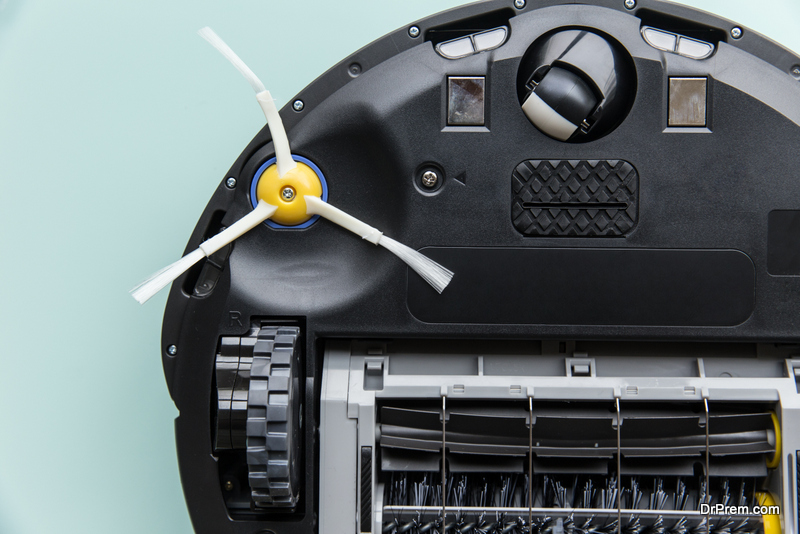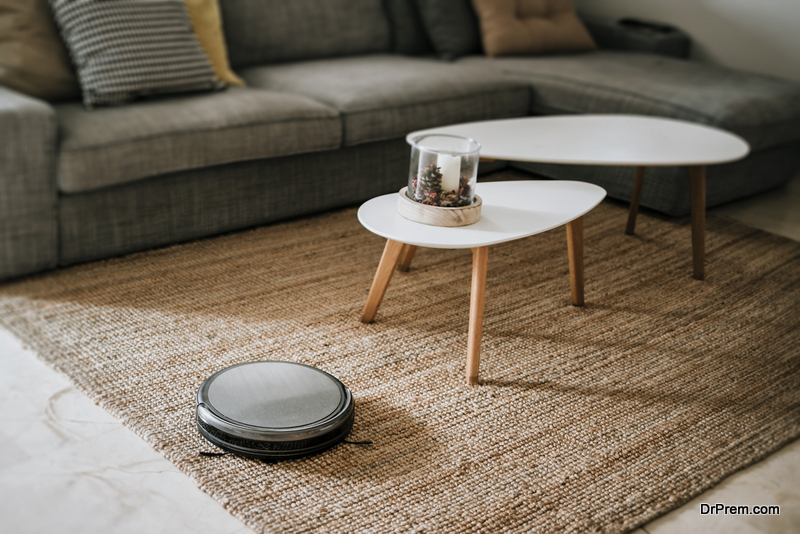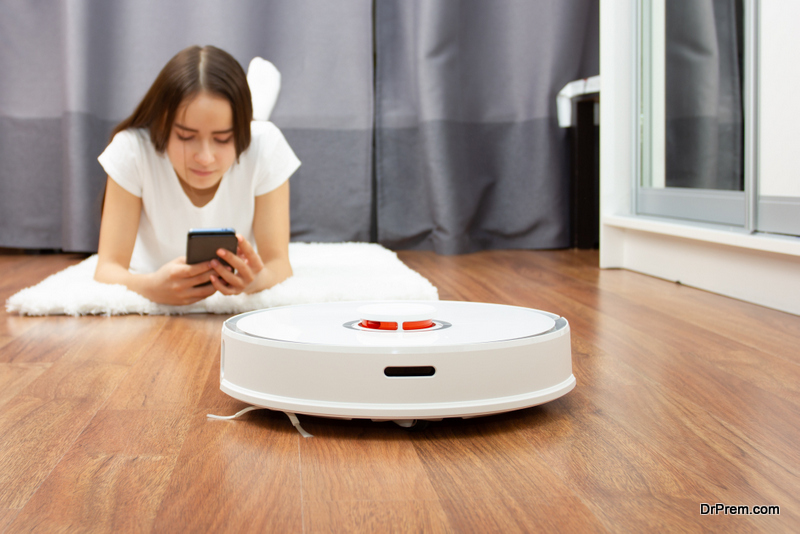Over the years, humans have gradually started to love their machines, even improving on them. Today, they play a significant role in many fields to perform many functions. One of the latest developments was in the hygiene sector – where the invention of the robot vacuum cleaners took the world by storm.
It is no brainer that one of the dreariest tasks when it comes to maintaining the hygiene of your space is vacuum cleaning. Vacuum cleaners were initially invented to make cleaning easier; however, imagine all the time having to pick up the massive machine to go round your entire house.
Instead of doing all that by yourself, why not ask the vacuum cleaner to perform the tasks on its own? Some companies have almost perfected the use of robotic cleaners, which leave your house looking spotless with minimal human input.
Modern Robot Vacuums are better
 Unlike the first generation of such products, you do not have to worry about the machines leaving out on some dirt in the house, or even worse having to track them down after they were left stranded somewhere. The latest models are way much better in several ways:
Unlike the first generation of such products, you do not have to worry about the machines leaving out on some dirt in the house, or even worse having to track them down after they were left stranded somewhere. The latest models are way much better in several ways:
- They leave your house spotless
- They remember the layout of the house to improve on efficiency
- They get rid of the collected dirt in a receptacle
- They find their way back to the charging station for them to recharge
When people inquire about how a robot vacuum cleaner works, they are concerned with the robotic element of the product and not very much on the vacuum. One of the biggest debates currently is which the best robotic vacuum cleaner is, with the majority of people fighting off the Roomba i7 vs S9.
However, how does this machine know precisely where it has been and where it hasn’t gone to yet? Does it have a particular path it follows? How does it know that it is done with the cleaning task?
On further research and interaction with these machines, it turns out that the answers to these questions are not as hard as they are purported to be. In layman terms, there are two primary ways a robot vacuum cleaner uses to find its way around your home. They are:
1. The use of onboard sensors
 Just like humans, these machines also rely on sensors to move about the house, keep themselves (and other property and your kids) safe, and, most importantly, to thoroughly clean your space.
Just like humans, these machines also rely on sensors to move about the house, keep themselves (and other property and your kids) safe, and, most importantly, to thoroughly clean your space.
It doesn’t just come with one sensor, as there are several, which all work differently but towards a common goal. They include:
- Infrared beam and photocell sensor – This is an obstacle detector that slows the machine down when it gets close to walls, etc. There are also infrared sensors mounted underneath it to detect steep drops and stairs (what is referred to as ‘cliffs’ hence the name cliff sensor.)
- Touch sensor – Stops the Roomba when it hits things along the way
- Piezoelectric sensor – This one generates electrical impulses when it has contact with dirt; hence it helps to make the machine conduct thorough cleanliness.
2. Mapping
 The latest models of the Roombas make use of VSLAM (Vision Simultaneous Localization and Mapping). This means that there tiny infrared cameras the machine uses to take snapshots of the house whenever it is clean to create a virtual picture of the entire space.
The latest models of the Roombas make use of VSLAM (Vision Simultaneous Localization and Mapping). This means that there tiny infrared cameras the machine uses to take snapshots of the house whenever it is clean to create a virtual picture of the entire space.
By doing so, they can maneuver the entire house without any problems.
Bottom Line
These machines are being improved regularly to ensure customer satisfaction. With the many brands in the market today, the two models, Roomba i7 vs S9, continue to be the go-to choice for many.
Article Submitted By Community Writer




